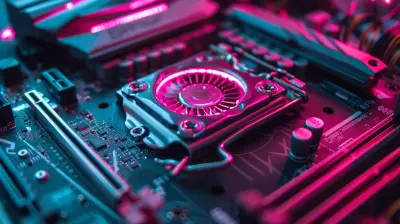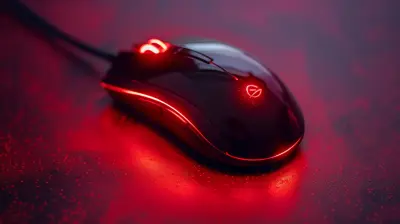How Renewable Energy Tech is Reshaping the Grid
15 July 2025
Renewable energy is no longer just a buzzword. It's the future. As we edge closer to a more sustainable world, renewable energy technologies are playing a pivotal role in transforming how we generate, distribute, and consume electricity. Traditional power grids, once powered by fossil fuels, are now undergoing major upgrades to accommodate cleaner, greener energy sources like wind, solar, and hydropower.
But, how exactly is renewable energy tech reshaping the grid? And what does this mean for you and me? Let’s dive into the details.
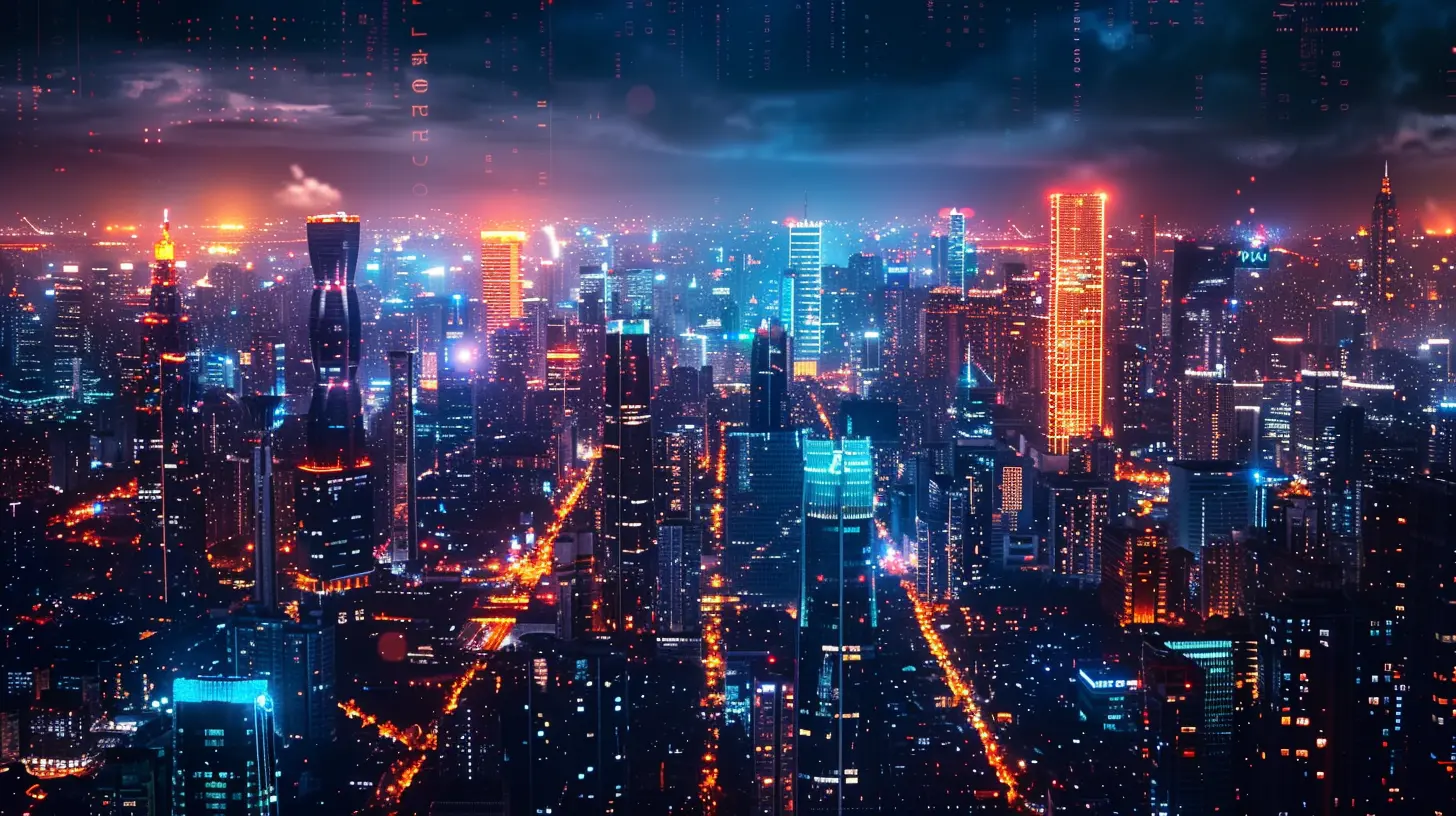
The Traditional Power Grid: A Quick Recap
Before we get into how renewable energy is changing everything, let's take a quick look at how the traditional grid operates. Picture the grid as a giant spider web of power lines, transformers, and substations all working together to deliver electricity from centralized power plants to our homes, offices, and industries.Traditionally, these power plants rely heavily on fossil fuels like coal, oil, and natural gas to generate electricity. The problem? Burning fossil fuels releases tons of greenhouse gases into the atmosphere, fueling climate change.
Moreover, the old grid works in a top-down approach. Think of it as a one-way street: power plants generate electricity, and consumers simply use it. There’s no feedback loop, no two-way communication, and very little flexibility. This model worked fine when our energy needs were predictable, but in today's rapidly evolving world, it's starting to show its age.
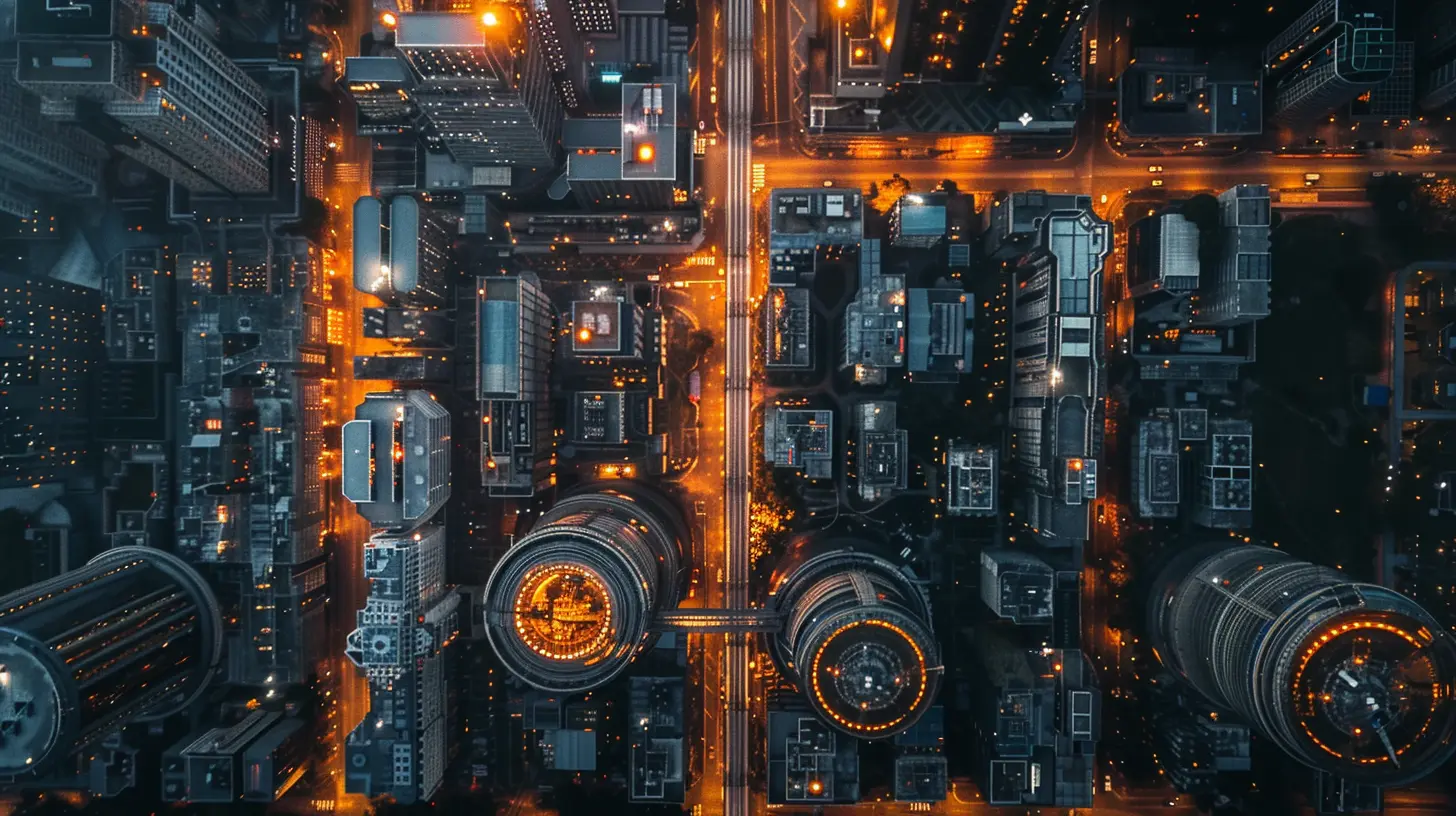
Enter Renewable Energy: A Game-Changer
Renewable energy is flipping the script. Unlike fossil fuels, renewable sources—such as solar, wind, and hydropower—are clean, abundant, and, well, renewable. They don’t run out, and they don’t pollute the air we breathe.But here's the kicker: integrating renewable energy into the grid isn’t as simple as just plugging in a few solar panels and wind turbines. It requires a complete overhaul of how the grid functions.
Decentralized Power Generation
One of the biggest ways renewable energy is reshaping the grid is through decentralized power generation. In the old days, electricity came from a few large power plants. But renewable energy allows for a more distributed approach. Now, power can be generated from a wide variety of sources—like rooftop solar panels or local wind farms—scattered across the grid.Think of it like this: instead of having one big factory making all the electricity, we now have a bunch of smaller, local workshops. This decentralization makes the grid more resilient. If one source goes down, the others can pick up the slack, reducing the chances of widespread blackouts.
Smart Grids: The Brain Behind the Operations
Let’s face it: the traditional grid is kind of dumb. It doesn’t know how much electricity you’re using, when you’re using it, or where it's coming from. That’s where smart grids come in.Smart grids use advanced technology—like sensors, smart meters, and AI—to monitor and manage electricity in real time. Essentially, they add a layer of intelligence to the grid, allowing it to respond to changes in supply and demand more efficiently.
For instance, if a cloud blocks the sun and solar power generation dips, a smart grid can automatically pull energy from a different source, like wind or hydropower. It’s like having a brain that can make decisions on the fly.
Energy Storage: The Missing Piece of the Puzzle
One of the biggest challenges with renewable energy is that it’s not always available when we need it. The sun doesn’t shine at night, and the wind doesn’t always blow. This is where energy storage technologies come in.Energy storage systems—like batteries—allow us to store excess energy when it's plentiful and use it later when demand is high (or supply is low). Picture it like a savings account for electricity. You deposit energy when you have extra, and withdraw it when you're running low.
And guess what? Energy storage is getting better and cheaper by the day. Advanced technologies like lithium-ion batteries, pumped hydro storage, and even flow batteries are making it easier to store renewable energy for later use, helping to smooth out the natural fluctuations in renewable power generation.
Electric Vehicles: More Than Just Transportation
Electric vehicles (EVs) are often seen as a way to reduce our dependence on fossil fuels for transportation, but they’re also playing a huge role in reshaping the grid.How? Well, EVs are essentially giant batteries on wheels. When they’re plugged in, they can both draw power from the grid and feed power back into it. This two-way flow of electricity—known as vehicle-to-grid (V2G) technology—can help balance supply and demand.
Imagine hundreds of EVs plugged in during the day, storing excess solar power. Then, when the sun goes down and demand spikes, these vehicles can send some of that stored power back to the grid. It’s like having an army of mobile energy storage units at your disposal.
Microgrids: Energy Independence on a Local Level
Another exciting development in renewable energy is the rise of microgrids. A microgrid is a small, independent grid that can operate on its own or in conjunction with the larger grid. Think of it as a mini-grid for a specific community, campus, or industrial park.Microgrids often rely on renewable energy sources like solar or wind, along with energy storage systems to keep the lights on even when the main grid goes down. This not only increases energy independence but also enhances resilience, especially in areas prone to natural disasters.
For example, after Hurricane Maria devastated Puerto Rico in 2017, many communities turned to microgrids powered by solar panels and batteries to restore power more quickly than waiting for the central grid to be repaired.
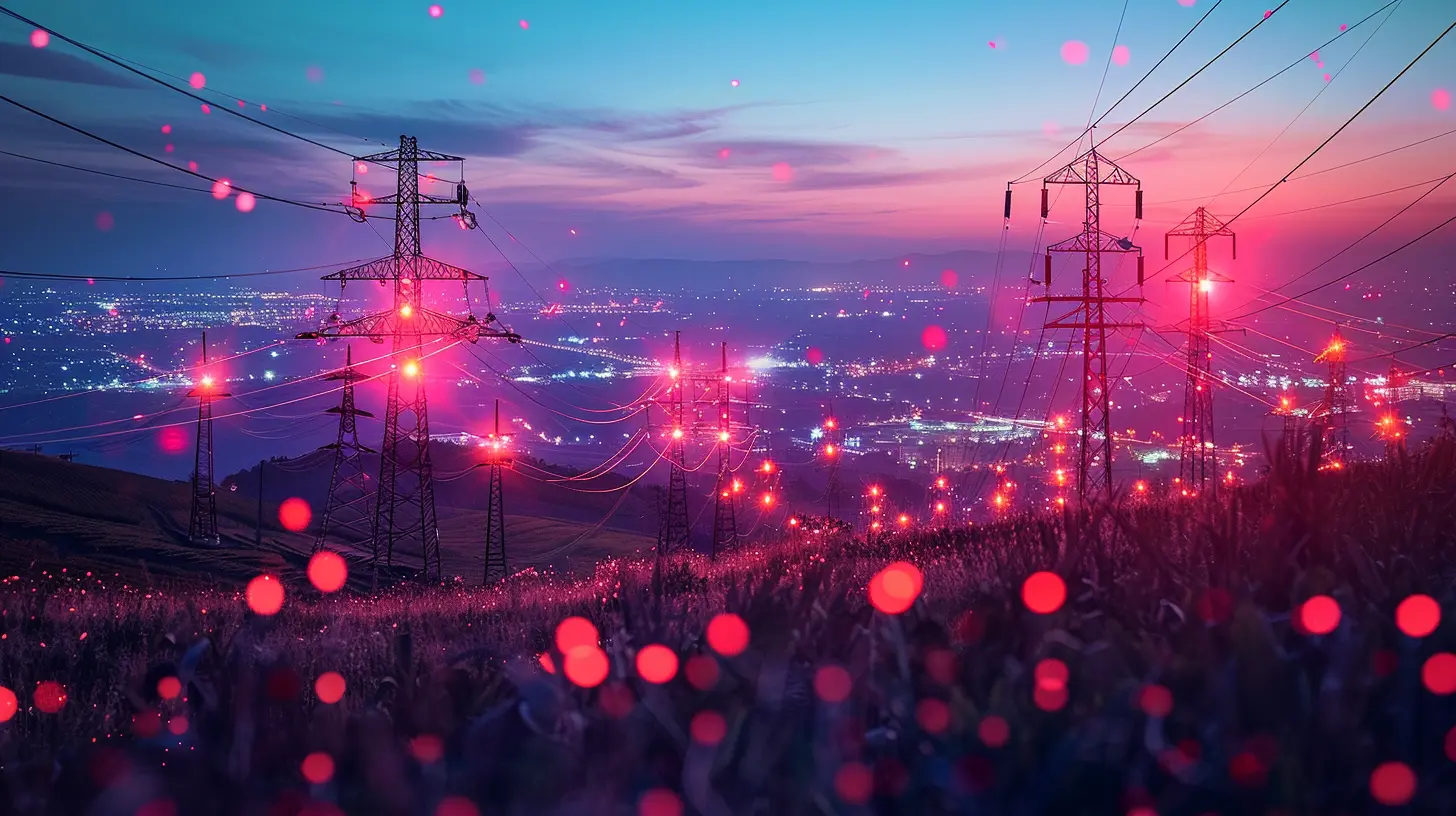
Challenges in Integrating Renewable Energy into the Grid
While renewable energy is clearly the way forward, integrating it into the grid isn’t without its challenges.Intermittency
Renewable energy sources like solar and wind are intermittent—they don’t produce power 24/7. This makes balancing supply and demand more complex than with traditional power plants, which can generate electricity on demand.The solution? A combination of energy storage, smart grids, and flexible demand management (like shifting energy-hungry tasks to times when renewable energy is abundant) can help smooth out these fluctuations.
Grid Stability
The traditional grid was designed to handle a steady, predictable flow of electricity. But renewable energy introduces variability, especially with decentralized power generation. This can lead to issues with grid stability, especially if the grid isn’t equipped to handle these rapid changes in supply and demand.Upgrading the grid’s infrastructure, along with implementing smart grid technologies, will be key to ensuring that the grid remains stable as more renewable energy comes online.
Infrastructure Costs
Let’s not sugarcoat it—upgrading the grid to accommodate renewable energy isn’t cheap. It requires significant investment in new infrastructure, such as smart meters, sensors, and energy storage systems.However, the long-term benefits—like reduced greenhouse gas emissions, lower energy costs, and improved grid resilience—far outweigh the initial costs. Plus, as renewable technologies continue to advance, the costs of these upgrades are expected to decrease.

The Future of the Grid: What Can We Expect?
Looking ahead, it’s clear that renewable energy will play a central role in shaping the grid of the future. But what will that grid look like?A More Decentralized, Resilient Grid
As renewable energy continues to grow, we can expect to see a more decentralized grid, with power generated from a diverse range of sources, including local solar panels, wind farms, and even individual homes and businesses. This decentralized structure will make the grid more resilient, as it won’t rely on a few large power plants.Increased Use of Energy Storage
Energy storage will become increasingly important as we transition to a renewable energy grid. Imagine a future where every home has its own battery system, allowing households to store excess solar energy during the day and use it at night. This will not only reduce the strain on the grid but also provide greater energy independence.Smarter, More Efficient Grids
With the rise of smart grid technology, the grid will become more efficient and responsive. Advanced AI and machine learning algorithms will help predict energy demand, optimize energy generation, and balance supply and demand in real time. This will make the grid more flexible and capable of handling the dynamic nature of renewable energy.Conclusion: The Grid is Evolving, and It’s Exciting
The transition to renewable energy is fundamentally reshaping the grid as we know it. From decentralized power generation to smart grids and energy storage, these technologies are making the grid cleaner, more efficient, and more resilient. While there are still challenges to overcome, the future looks bright (and green).So, next time you flip on a light switch, just remember: the grid powering your home isn’t the same old system from years past. It’s smarter, more flexible, and increasingly powered by renewable energy. And that’s something to be excited about.
all images in this post were generated using AI tools
Category:
Emerging TechnologiesAuthor:

Kira Sanders
Discussion
rate this article
2 comments
Callista Hamilton
Renewable tech redefines power dynamics, fostering sustainable energy futures.
November 2, 2025 at 5:43 AM

Kira Sanders
Absolutely! Renewable tech is indeed transforming power dynamics and enabling a more sustainable energy future.
Norah Miller
Great insights on renewable energy's impact on the grid! It's inspiring to see how technology is driving sustainability and transforming our energy landscape for the better.
July 19, 2025 at 4:23 AM

Kira Sanders
Thank you! I'm glad you found the insights inspiring—it's an exciting time for renewable energy and its role in shaping a sustainable future!

